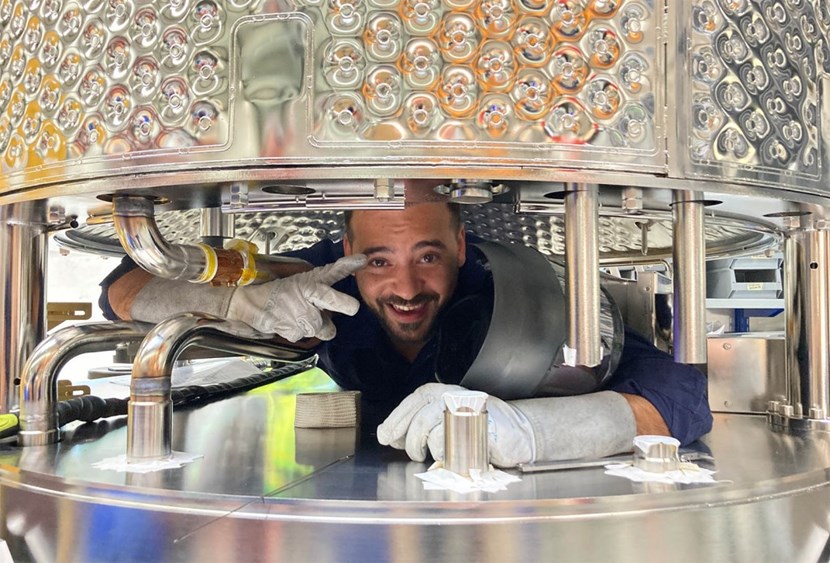ITER NEWSLINE
-
Image of the week
First cryopump expected in the coming months
Image of the week | First cryopump expected in the coming months
The cryopumps that will create and maintain extremely demanding vacuum conditions inside the ITER machine are marvels of technology that have been in development for over 15 years in Europe. The first production unit is expected at ITER before the end of the year.

The serial production of torus and cryostat cryopumps is progressing at Research Instruments, Germany, on behalf of the European Domestic Agency Fusion for Energy.
Vacuum pumping is required prior to starting the fusion reaction to eliminate all sources of organic molecules that would otherwise be broken up in the hot plasma. Vacuum pumping is also required to create low density—about one million times lower than the density of air.
Mechanical pumps alone cannot achieve the vacuum quality that is indispensable to producing the ITER plasmas. Once mechanical pumps have evacuated most of the air molecules and impurities from inside the vacuum vessel, six torus cryopumps will finalize the job and trap the remaining particles. Two other cryopumps in the cryostat will maintain the low pressure required for the operation of the superconducting magnets.
These complex pumps have been in design for years to meet the very specific applications and requirements at ITER. All are based on cryopanels, cooled with supercritical helium and coated with activated charcoal as sorbent material for imprisoning particles.
Under the terms of a Procurement Arrangement signed with the ITER Organization in 2018, the European Domestic Agency (Fusion for Energy) is procuring the eight cryopumps based on a design developed through the close collaboration of experts at ITER and Fusion for Energy and the participation of European industry. The first production pump is expected at ITER before the end of the year.
return to the latest published articles


